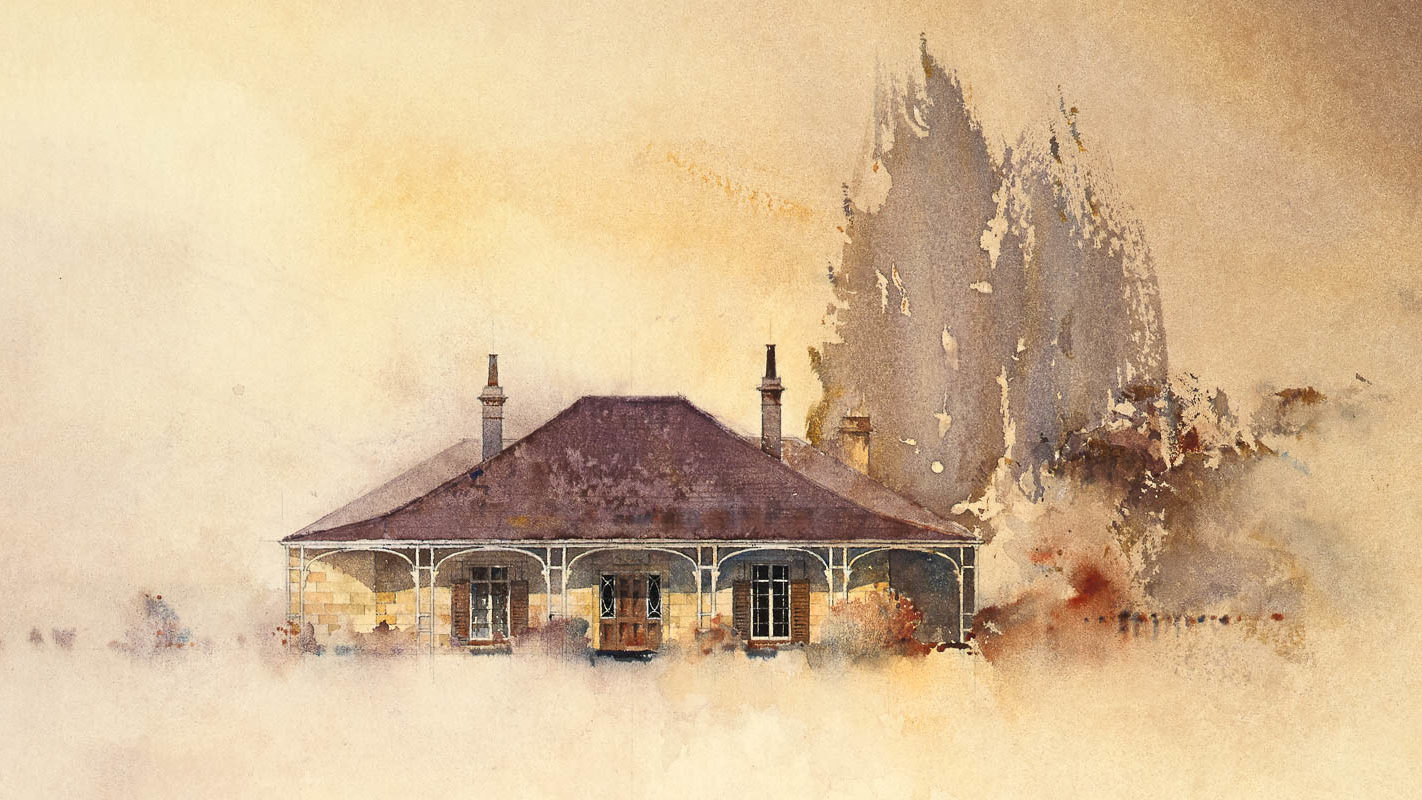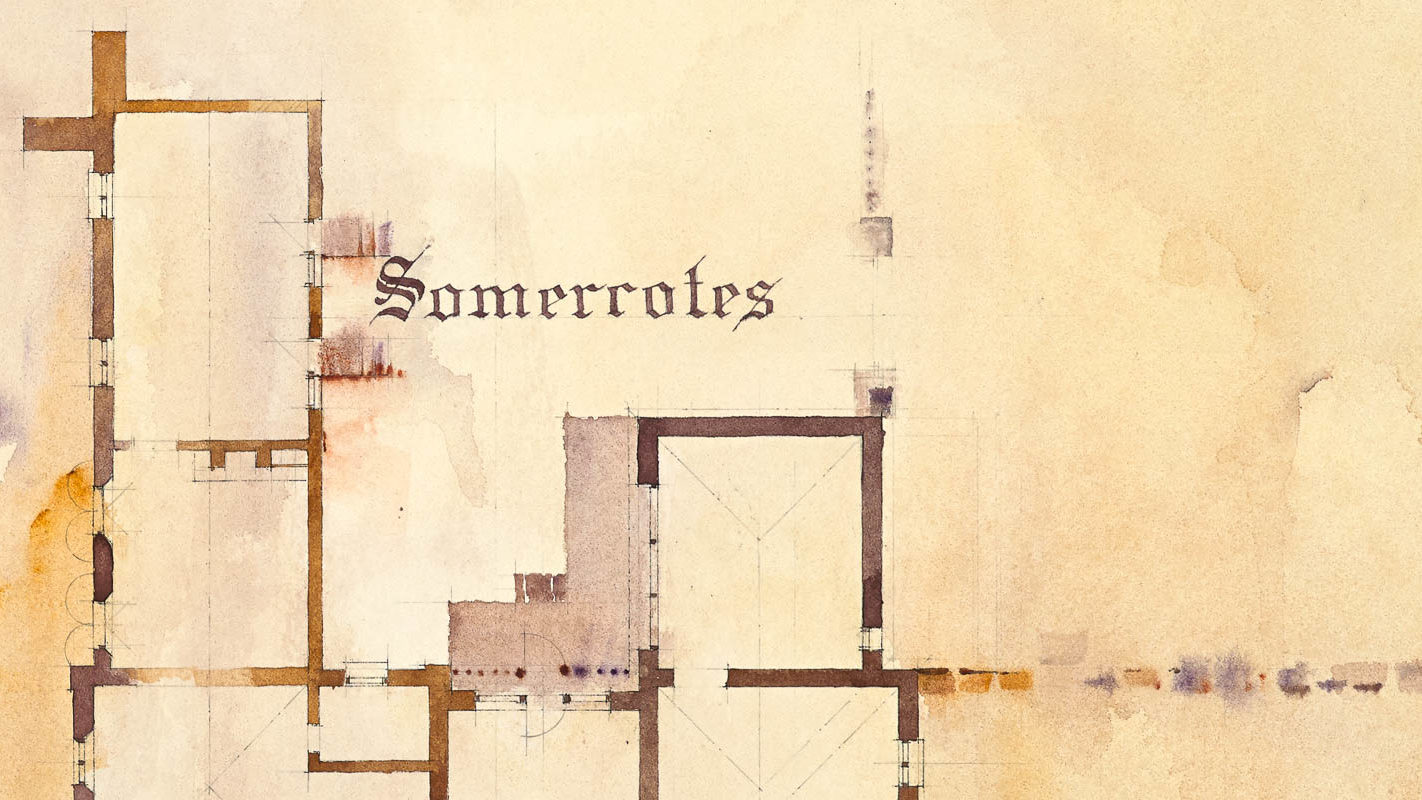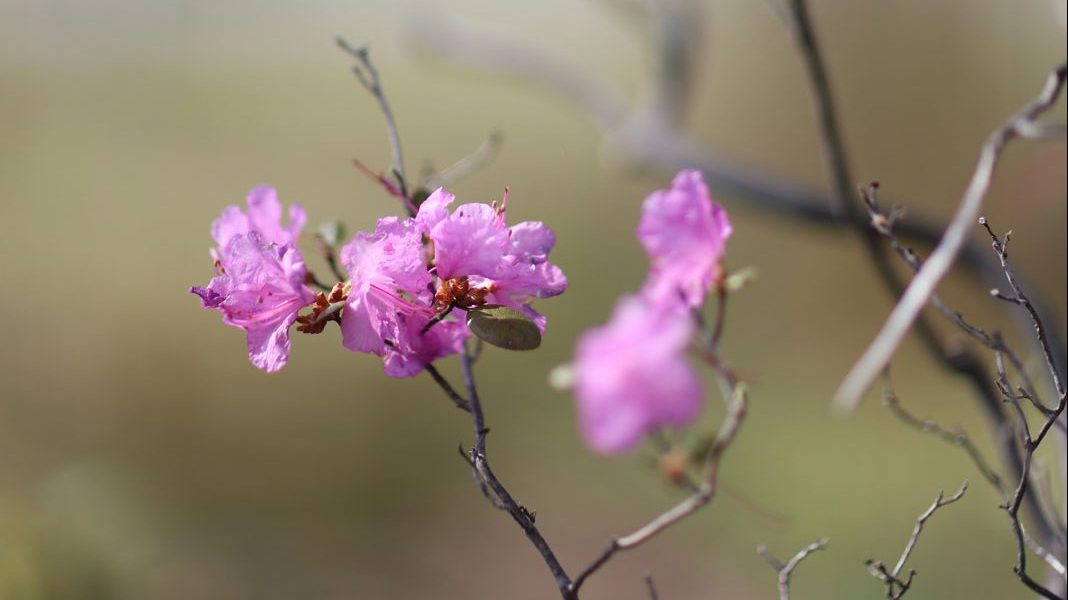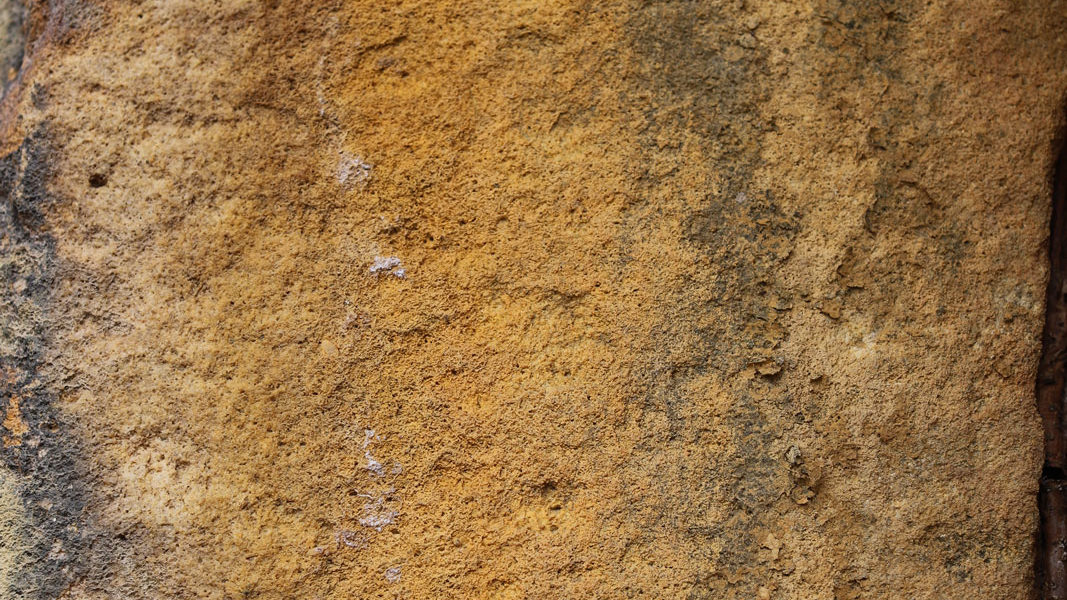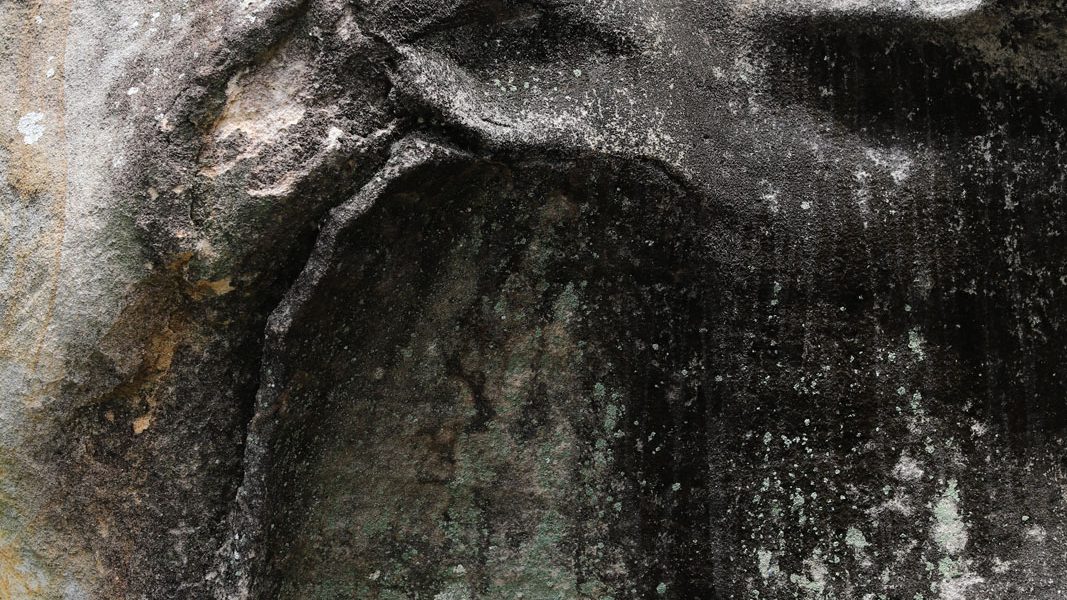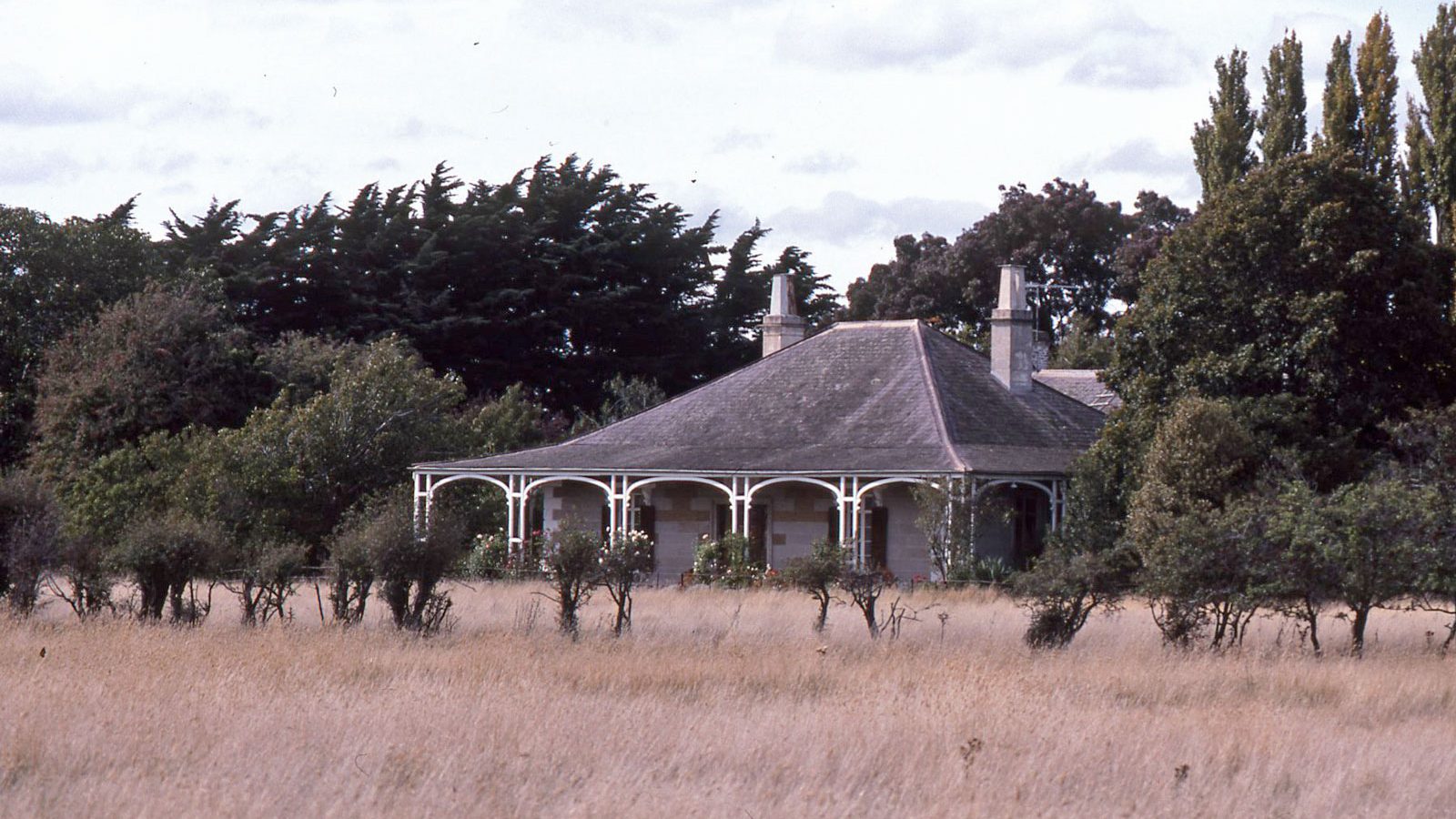Somercotes, Ross, Tasmania, Australia
Somercotes in Ross Tasmania is a unique and fascinating reflection of colonial life in Tasmania and is one of the most historically significant heritage properties in Australia. It’s existing inhabitants have lived there for more than a hundred and eighty years. However, the significance of Somercotes lies more in the distinction of the family who built it and who live in it still, than in its architectural merit.
Property History
The history begins where Somercotes is a Lincolnshire name given to the property by Captain Samuel Horton who had been a captain in the Merchant Navy on the China Seas. Horton arrived in Van Diemens Land (Tasmania) from Calcutta in 1823 on board the Brig Governor Phillip. Somercotes lies about six kilometres south of the historic township of Ross and is a nationally significant homestead group that provides important evidence of assigned convict labour in the evolution of a pastoral property based on wool production. The range of buildings that exist at Somerscotes is outstanding and consist of outbuildings, workshops, pug mill, cottages, plant and artefacts are a rare record of the scale and range of operations of a substantial colonial pastoral estate owned by wealthy colonial pastoralists. Somercotes was considered one of Tasmania’s more secure homesteads and is believed to have survived all but one attack from Tasmania’s legendary bushrangers, Martin Cash, Kavanagh and Jones. In the heist a shot was fired and the musket ball lodged in the LHS architrave near the front door where it still remains, the opposite door shows gun barrel indentations and visual evidence of this raid. Martin Cash in later years describing his attack upon Somercotes remarked; “We soon arrived within sight of the fortress – it being the most appropriate name I can find for that gentleman’s residence”
Architectural Features
Built in 1842, Somercotes is undeniably a gracious and beautifully proportioned single storey Georgian sandstone homestead set in a backdrop of mature Lombardy Poplars. The hipped Welsh slate roof is cranked at the verandah with tall stone chimneys that grace the roof line. The main homestead has deep low sweeping verandahs on three sides with paired timber columns five bays wide with curved timber bracketing. The homestead plan and orientation is simple with a wide central hall and formal rooms each side leading to a central kitchen. The external walls are coursed sandstone ashlar and picked sandstone quoining. The external French doors are inward opening with twenty glass panels with fine colonial margin-glazing and louvered shutters. The front has bracketed stone consuls to the windows with a flagged sandstone verandah and floor grills for basement and cellar ventilation.
Special Comments from Chris Wilmar, Architect
Today, Somercotes still operates a working farm that offers self-contained colonial accommodation in the workers cottages and its stable complex. In more recent years the property has developed an eight-hectare commercial orchard that produces some of the biggest and best tasting cherries in Tasmania. The cherry farm offers roadside and online sales of Burlat, Vega, Chelan, Van, Stella, Lapins, Simone and Sweetheart cherries. This makes Somercotes a unique and sweet central Tasmanian attraction.
Look at other architectural properties in the Portfolio section of the website.


